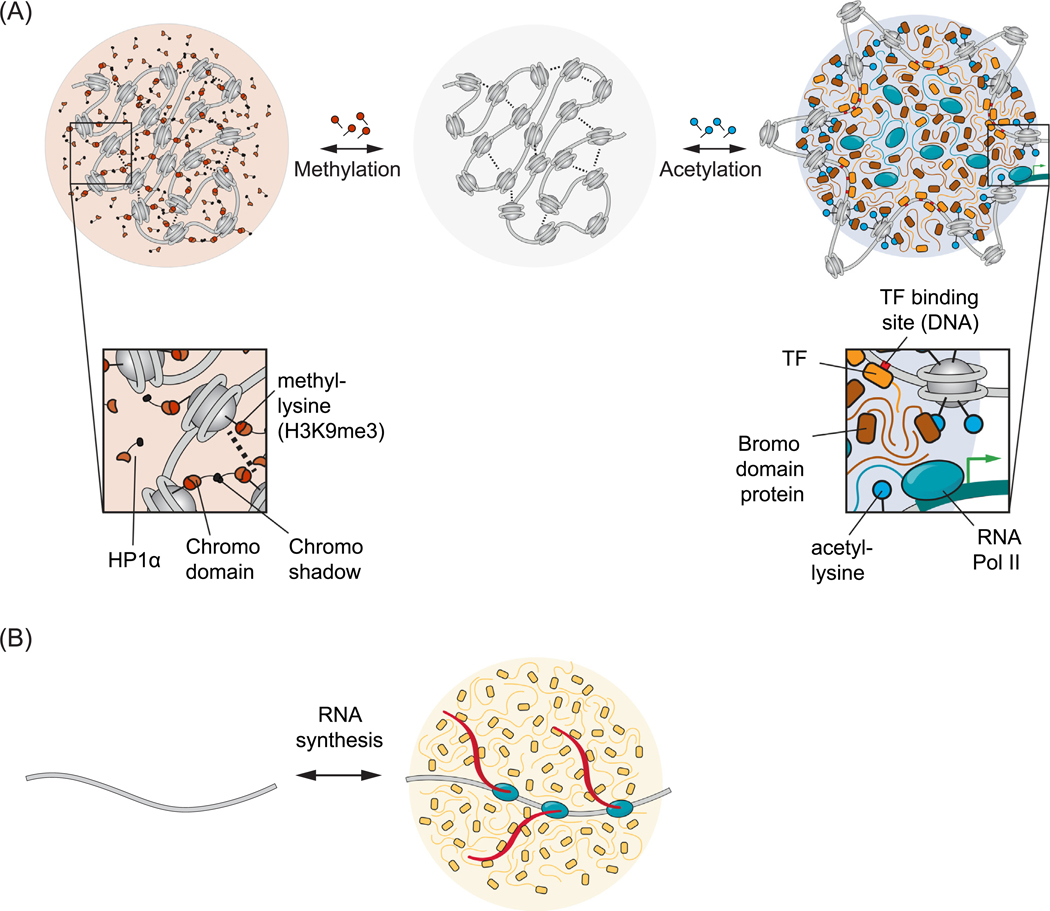Figure 6. Some Examples of Nuclear Condensate Regulation.
Biomolecular condensates can be regulated by modifying the underlying multivalent interactions. (A) Reversible covalent modifications of chromatin. Nucleosomal histones can be reversibly modified, leading to changes in chromatin state. A model is depicted where chromatin alone can form a condensate (center, gray) mediated by internucleosomal contacts (dotted lines). Methylation of histones at histone H3K9 can recruit HP1α via chromodomain binding and produce a condensate rich in HP1α and other heterochromatin factors (left). In contrast, acetylation of histones at multiple lysine residues can reduce internucleosomal interactions, exposing TF-binding sites on DNA and recruit bromodomain-containing factors, leading to a condensate rich in components of the transcriptional machinery (right). B) Local RNA synthesis. A nascent transcript tethered to the elongating polymerase can be bound by many RNA processing enzymes, leading to a condensate rich in RNA processing machinery. Abbreviations: HP1α, heterochromatin protein 1α; TF, transcription factor.

